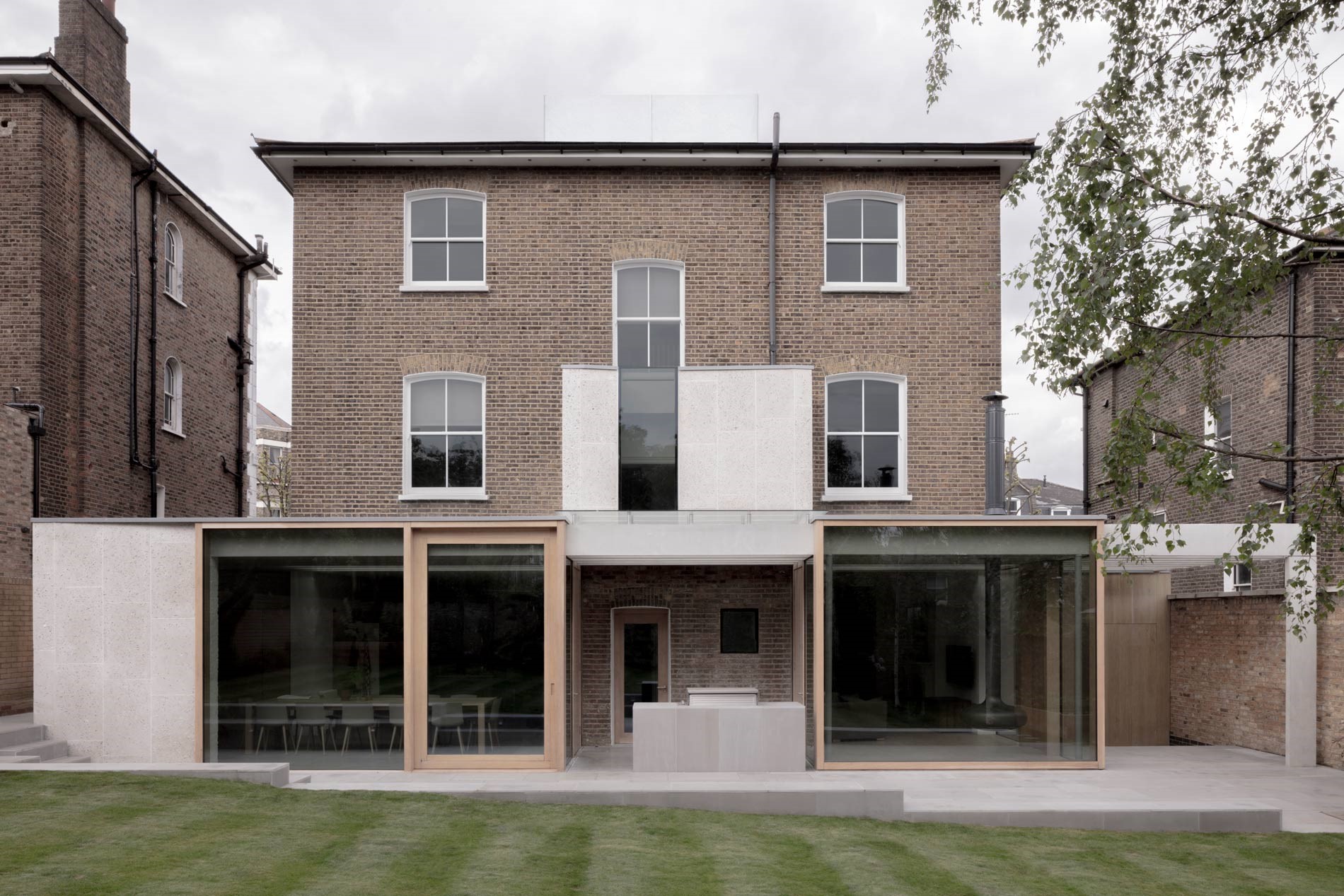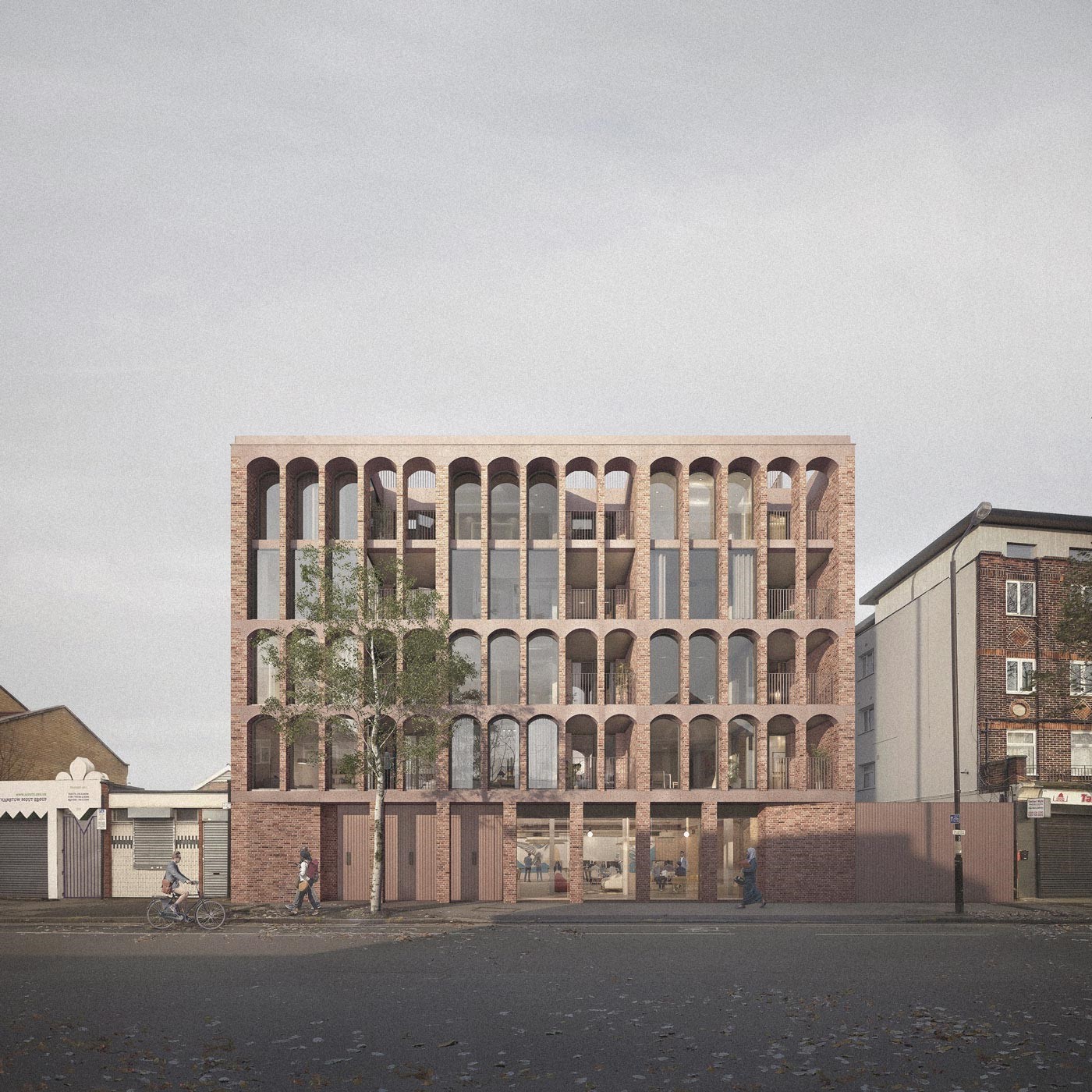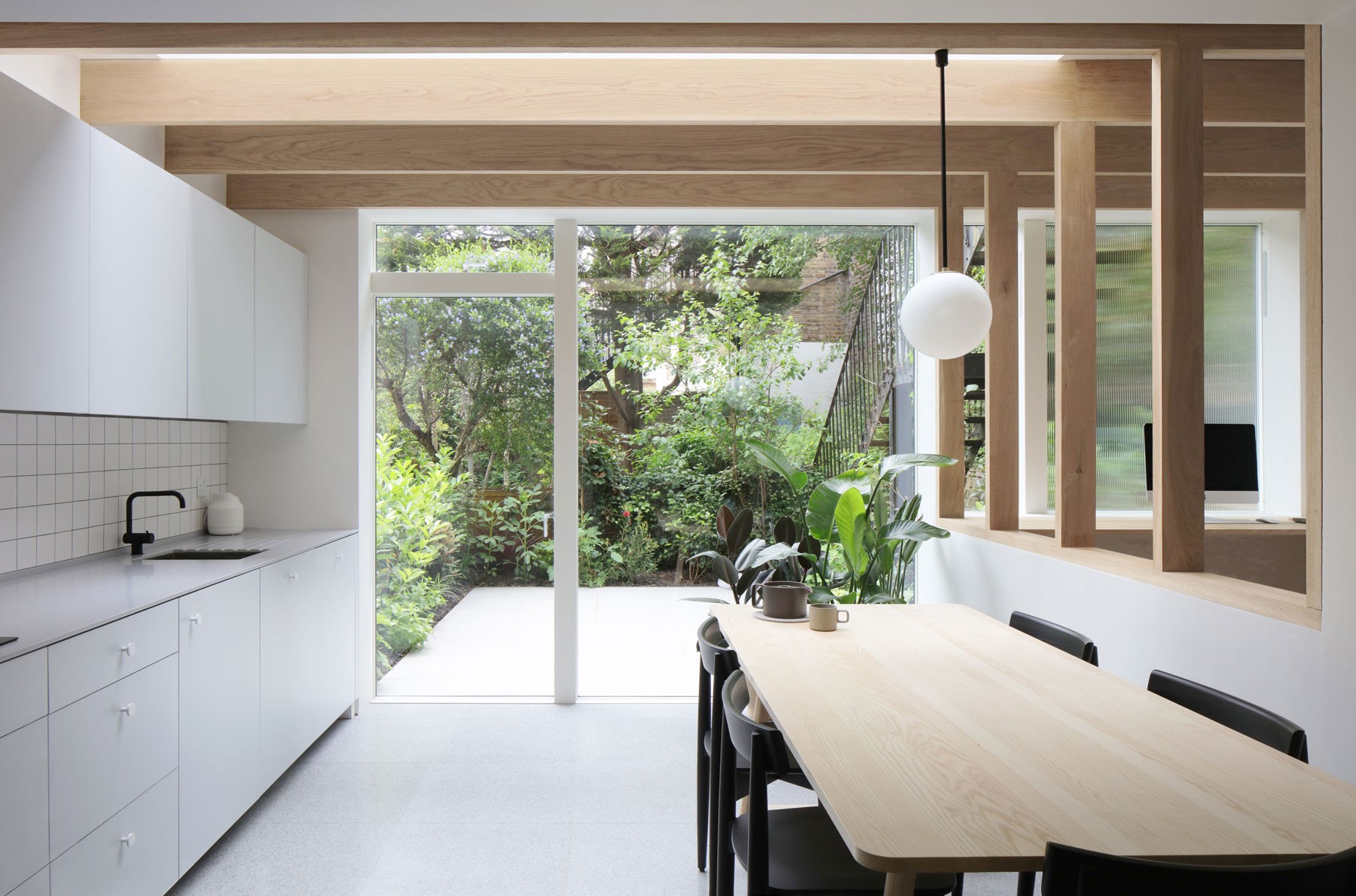Architecture for London
Interview with Ben Ridley, Director, Architecture for London, 2020.
| How, when, why, did the practice form? |
Architecture for London was established by Ben Ridley in 2009. The studio has since grown to a team of 15. The studio has a diverse range of skills, and now includes an interior designer, structural engineer, landscape designer and specialist furniture maker.
We are a multi-disciplinary team with each member having a range of skills in design and technical realisation.
| What is your design philosophy? |
Our aim is to improve people’s lives by re-imagining the city in which we work, live and play. The studio is collaborative, innovative, informed and aspirational. We work at all scales, from bespoke private homes to commercial developments; urban renewal to masterplanning.
Environmental impact is a key consideration in our work. We take a research-based, fabric first approach to sustainability that carefully considers the embodied energy of materials and the energy performance of our buildings in use.
| Which architects have drawn inspiration from? |
One current favourite is Prewett Bizley and their Dundon Passivhaus project for proving that low energy buildings can be beautiful and contextual.
| Do you find planners are becoming more accommodating of modern architecture? |
Most planners we encounter have a positive attitude towards modern architecture. Many of our projects are working with historic buildings, often in conservation areas and some listed. We enjoy working in this historic context, augmenting it to suit a modern lifestyle rather than purely a modern aesthetic. There can be challenges in terms of outdated planning policy when it comes to upgrading historic buildings to meet our high standards for energy performance.
| Given the acute shortage of housing, how are we to build to satisfy the demand? |
As a London focused practice, we are advocates of the low energy expansion and retrofit of London’s existing housing stock.
| What three problems do you foresee occupying architects' minds in the next 5-10 years? |
Our existing housing stock presents a significant issue in achieving the UK’s new 'net zero' carbon target by 2050, which aims to limit global heating to 1.5 degrees. The buildings we refurbish now are not likely to be refurbished again before 2050, so they must achieve net-zero standards now. Each project that we work on is therefore critical.
| The architect used to be considered ‘leader of the building team’. That doesn’t seem to be the case these days, why do you think this is? |
Most major developments take substantial investment capital and are understandably driven by potential profits. Although our value is significant in increasing profits by means of design, the architect’s role is harder to quantify on a spreadsheet.
On smaller and domestic projects, the architect is still the core of the design team, negotiating between the client and the other consultants.
The architect has an overview of the project, from social considerations, resolving technical issues, including sustainability and energy use, and staying within budget and on programme.
| Would you recommend a young person train as an architect? |
Yes. An architectural degree is a broad, challenging and rewarding experience and can lead to a diverse range of careers. Students can leverage this to their benefit and shape their professional journey. Historically there has been a preoccupation with completing parts 1-3, however, shifts in the profession are allowing less rigidity.
You can find out more at: https://architectureforlondon.com/
[edit] Related articles on Designing Buildings Wiki
Featured articles and news
One of the most impressive Victorian architects. Book review.
RTPI leader to become new CIOB Chief Executive Officer
Dr Victoria Hills MRTPI, FICE to take over after Caroline Gumble’s departure.
Social and affordable housing, a long term plan for delivery
The “Delivering a Decade of Renewal for Social and Affordable Housing” strategy sets out future path.
A change to adoptive architecture
Effects of global weather warming on architectural detailing, material choice and human interaction.
The proposed publicly owned and backed subsidiary of Homes England, to facilitate new homes.
How big is the problem and what can we do to mitigate the effects?
Overheating guidance and tools for building designers
A number of cool guides to help with the heat.
The UK's Modern Industrial Strategy: A 10 year plan
Previous consultation criticism, current key elements and general support with some persisting reservations.
Building Safety Regulator reforms
New roles, new staff and a new fast track service pave the way for a single construction regulator.
Architectural Technologist CPDs and Communications
CIAT CPD… and how you can do it!
Cooling centres and cool spaces
Managing extreme heat in cities by directing the public to places for heat stress relief and water sources.
Winter gardens: A brief history and warm variations
Extending the season with glass in different forms and terms.
Restoring Great Yarmouth's Winter Gardens
Transforming one of the least sustainable constructions imaginable.
Construction Skills Mission Board launch sector drive
Newly formed government and industry collaboration set strategy for recruiting an additional 100,000 construction workers a year.
New Architects Code comes into effect in September 2025
ARB Architects Code of Conduct and Practice available with ongoing consultation regarding guidance.
Welsh Skills Body (Medr) launches ambitious plan
The new skills body brings together funding and regulation of tertiary education and research for the devolved nation.
Paul Gandy FCIOB announced as next CIOB President
Former Tilbury Douglas CEO takes helm.


























